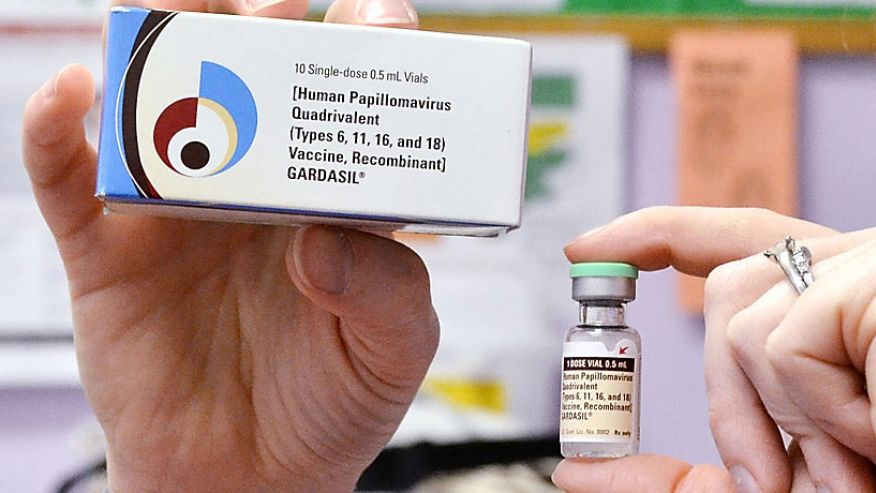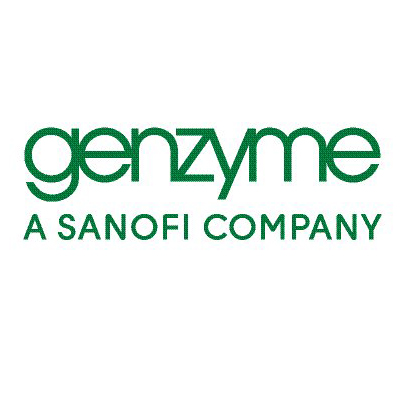Scientists have developed a noninvasive blood test that can detect signs of eight types of cancer long before any symptoms of the disease arise.
The test, which can also help doctors determine where in a person’s body the cancer is located, is called CancerSEEK. Its genesis is described in a paper published Thursday in the journal Science.
The authors said the new work represents the first noninvasive blood test that can screen for a range of cancers all at once: cancer of the ovary, liver, stomach, pancreas, esophagus, colon, lung and breast.
Together, these eight forms of cancer are responsible for more than 60 percent of cancer deaths in the United States, the authors said.
In addition, five of them — ovarian, liver, stomach, pancreatic and esophageal cancers — currently have no screening tests.
“The goal is to look for as many cancer types as possible in one test, and to identify cancer as early as possible,” said Nickolas Papadopoulos, a professor of oncology and pathology at Johns Hopkins who led the work. “We know from the data that when you find cancer early, it is easier to kill it by surgery or chemotherapy.”
CancerSEEK, which builds on 30 years of research, relies on two signals that a person might be harboring cancer.
First, it looks for 16 telltale genetic mutations in bits of free-floating DNA that have been deposited in the bloodstream by cancerous cells. Because these are present in such trace amounts, they can be very hard to find, Papadopoulos said. For example, one blood sample might have thousands of pieces of DNA that come from normal cells, and just two or five pieces from cancerous cells.
“We are dealing with a needle in a haystack,” he said.
To overcome this challenge, the team relied on recently developed digital technologies that allowed them to efficiently and cost-effectively sequence each individual piece of DNA one by one.
The test appeared to be more effective at finding some types of cancer than others, the authors noted. For example, it was able to spot ovarian cancer 98 percent of the time, but was successful at detecting breast cancer only 33 percent of the time.
The authors also report that CancerSEEK was better at detecting later stage cancer compared to cancer in earlier stages. It was able to spot the disease 78 percent of the time in people who had been diagnosed with stage III cancer, 73 percent of the time in people with stage II cancer and 43 percent of the time in people diagnosed with stage I cancer.
It is also worth noting that when the researchers ran the test on 812 healthy control blood samples, they only saw seven false-positive results.
“Very high specificity was essential because false-positive results can subject patients to unnecessary invasive follow-up tests and procedures to confirm the presence of cancer,” said Kenneth Kinzler, a professor of oncology at Johns Hopkins who also worked on the study.
CancerSEEK is not yet available to the public, and it probably won’t be for a year or longer, Papadopoulos said.
“We are still evaluating the test, and it hasn’t been commercialized yet,” he said. “I don’t want to guess when it will be available, but I hope it is soon.”
He said that eventually the test could cost less than $500 to run and could easily be administered by a primary care physician’s office.




